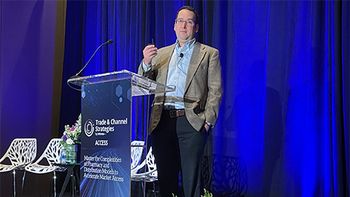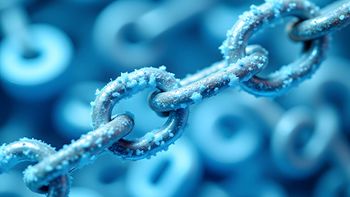
The Do’s of Evaluating Cell Sourcing Partners
Factors to keep in mind before obtaining material in the cell therapy space.
Lacey Anderson: What is the size of your donor pool?
Joy Aho: The National Marrow Donor Program (NMDP)/Be the Match has access to 39+ million volunteer donors from registries across the globe, containing 7+ million US-based donors from the Be the Match Registry. Additionally, we are able to leverage a registry of 286,000+ cord blood units also listed on the Be the Match Registry.
Do you have experience evaluating potential donor matching requirements to increase therapeutic success?
Understanding ideal matching requirements has been a key capability developed at the Be the Match BioTherapies. Through a partnership between the NMDP/Be the Match and the Medical College of Wisconsin, known as the Center for Blood and Marrow Transplant Research (CIBMTR), we have been able to utilize extensive Human Leukocyte Antigen (HLA) data from donors, patients, and treatment outcomes to understand the impact of varied matching on patient survival. This has allowed for continuous improvement of matching recommendations to the transplant community for the improvement of patient survival rates.
Can you tell me about some of the strategies your organization has developed to reduce the complexities of HLA matching inherent to allogeneic therapies?
By leveraging the data noted above, Be the Match BioTherapies has developed a variety of bioinformatics tools and expertise that can be leveraged by emerging cell and gene therapies to answer questions such as the imputation of high-resolution HLA, population modeling, cell source optimization, design of optimal cell banks, and more. These tools and data can help eliminate a lot of guess work out of the process for allogeneic cell therapy developers.
How does your company policies meet EU regulations for compensation of donors?
Be the Match BioTherapies strictly leverages fully volunteer donors. This means we do not compensate our donors for their donation. We believe the use of non-compensated donor promotes both donor and patient safety. Many regions across the globe, including in the EU, either strongly discourage or prohibit the compensation of donors. The use of non-compensated donors is also promoted by accreditation standards from organizations, such as the World Marrow Donor Association (WMDA) and the Foundation for the Accreditation of Cellular Therapy (FACT).
How many cellular therapy product shipments a year do you manage?
Currently, we manage close to 36,000 time and temperature sensitive cell and blood shipments annually.
How often do your shipments cross international borders? What processes do you have in place to overcome border-crossing issues for cell-based products?
Close to 60% of the therapies we manage cross an international border. Our logistics team has extensive experience managing these shipments and has developed relationships across the globe to help ensure delivery of these time and temperature sensitive shipments. These include TSA, Border Control, US and International Customs, commercial couriers, travel agencies, and the global emergency management community. Due to the experience of this team managing such a high volume of shipments, they are able to predict the most efficient way to transport material based on the location.
Lacey Anderson is the Senior Manager of Collection Network Management and Joy Aho, PhD, is Senior Product Manager, both at Be The Match BioTherapies.
*Interview has been slightly edited for brevity.
Newsletter
Stay ahead in the life sciences industry with Pharmaceutical Commerce, the latest news, trends, and strategies in drug distribution, commercialization, and market access.




